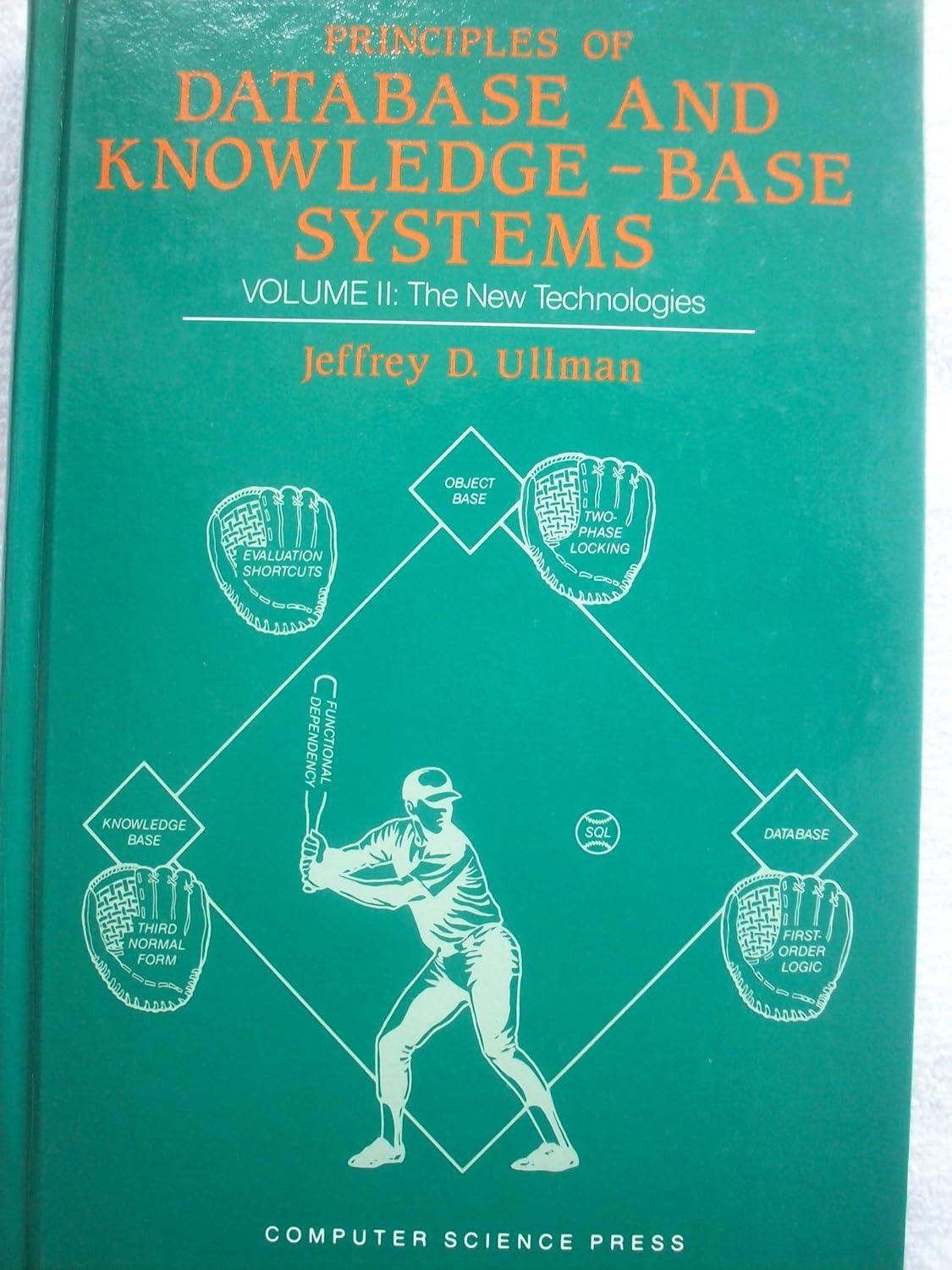Answered step by step
Verified Expert Solution
Question
1 Approved Answer
PLEASE WRITE PYTHON CODE Question 1: Consider the Differentiated Set Coverage Problem: Input: n items, U=1,2,,n, coverage requirements of the items f=f1,f2,,fn1 m sets, S1,S2,,Sm,
PLEASE WRITE PYTHON CODE 
Question 1: Consider the Differentiated Set Coverage Problem: Input: n items, U=1,2,,n, coverage requirements of the items f=f1,f2,,fn1 m sets, S1,S2,,Sm, price of the sets p=p1,p2,,pm. Let x=x1,x2,,xm be the selection decisions of the sets, xi{0,1}. Output: A minimum price selection x of the sets S1,S2,,Sm that can cover the items in U at least f times. Ex: Let n=5 and U=1,2,3,4,5 having coverage requirements f=1,2,1,2,1. Let m=5 and S1={1,2},S2={2,3,4},S3={2,5},S4={3,4},S5={1,4} with prices p=5,6,10,2,4. For instance, item j=2U should be covered by at least f2=2 different sets Si. We note that item 2 can be covered by S1 with price p1=5, by S2 with price p2=6 and by S3 with price p3=10. 1. Determine a greedy selection rule for the sets. Design a greedy algorithm for the Differentiated Set Coverage Problem and report the pseudocode. 2. Discuss the time complexity of your greedy algorithm. Is it efficient? Can your algorithm find the optimum solution? 3. Implement your algorithm in Python. Use the input given in the example and report the console outputs and your Python code scripts 
Step by Step Solution
There are 3 Steps involved in it
Step: 1

Get Instant Access to Expert-Tailored Solutions
See step-by-step solutions with expert insights and AI powered tools for academic success
Step: 2

Step: 3

Ace Your Homework with AI
Get the answers you need in no time with our AI-driven, step-by-step assistance
Get Started


